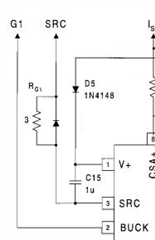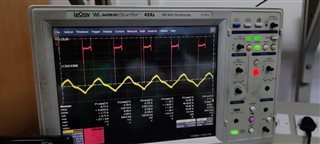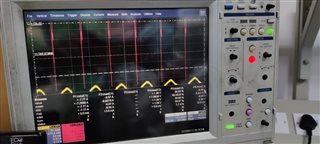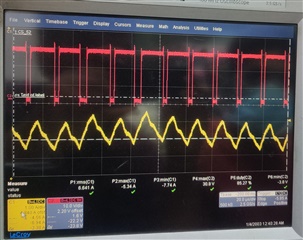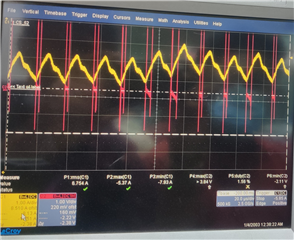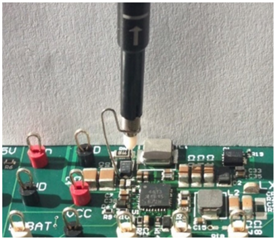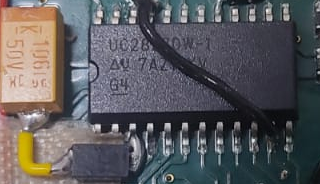The SCR was 5.6 Ohm highlighted in red box.
The functionality of our topology was working fine with 90W . The below image is give for the for Vgs of Push/Pull Mosfet and the Buck Current.
Where the
Pink - Vgs of the Push section .
Yellow - Buck Current.
As we increased the wattage above 90W, We observed a jitter in Push/pull Vgs.
The Push/Pull Vgs was abnormal with jitters of 1us-2us reciprocating a change in the buck current as shown below
where the
Pink - Vgs of the Push section
Yellow - Buck Current
The SRC resistor a was increased from 5.6 Ohm to 12 Ohm. There were no such jitters from 90w to 115w
As the Wattage of the converter was increased to 120W. The push/Pull Vgs were jittering as shown above waveform .
We cannot increase the SRC resistor above 12 Ohm
We are stuck to proceed further. Guide me to solve this problem.


